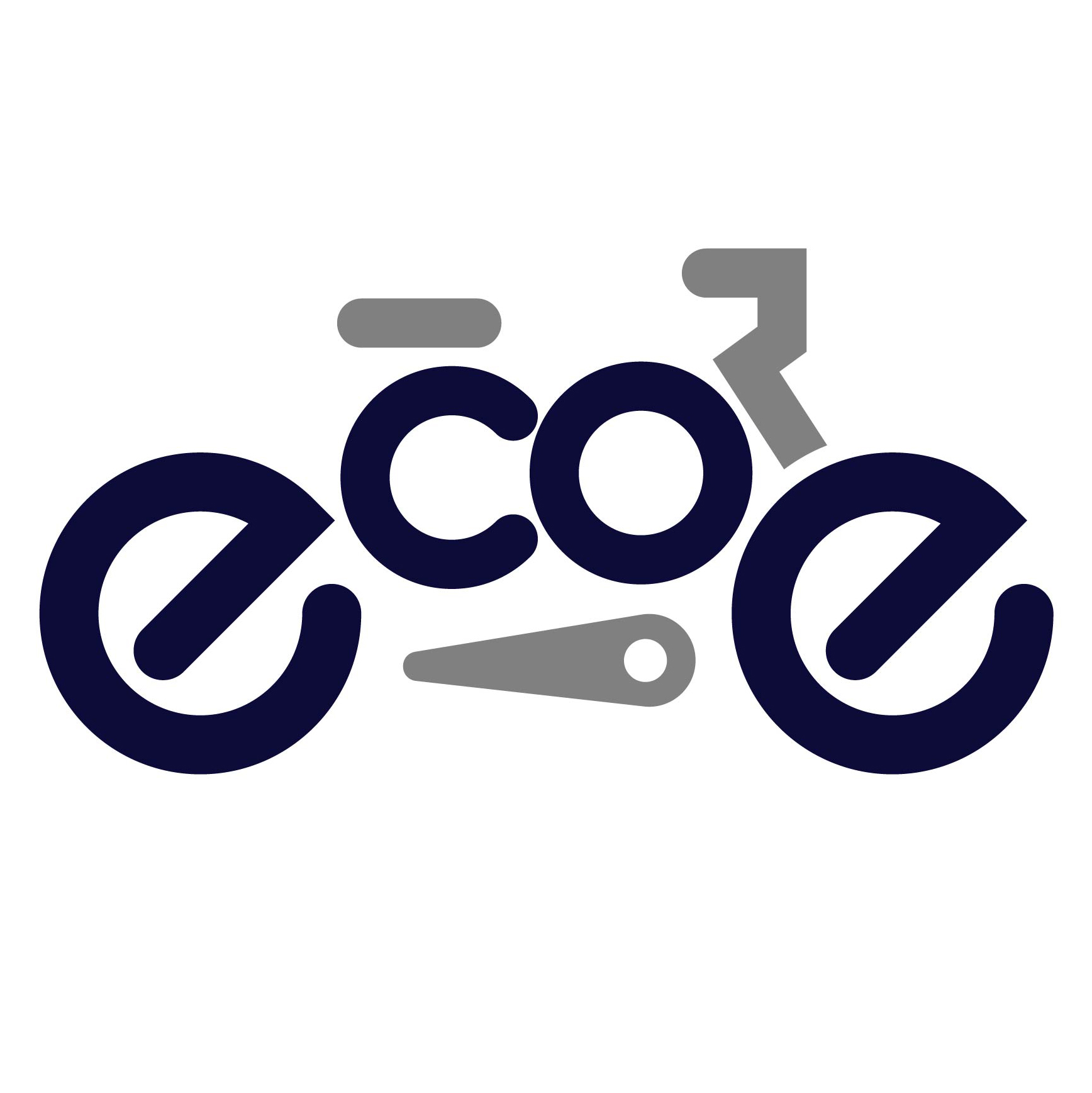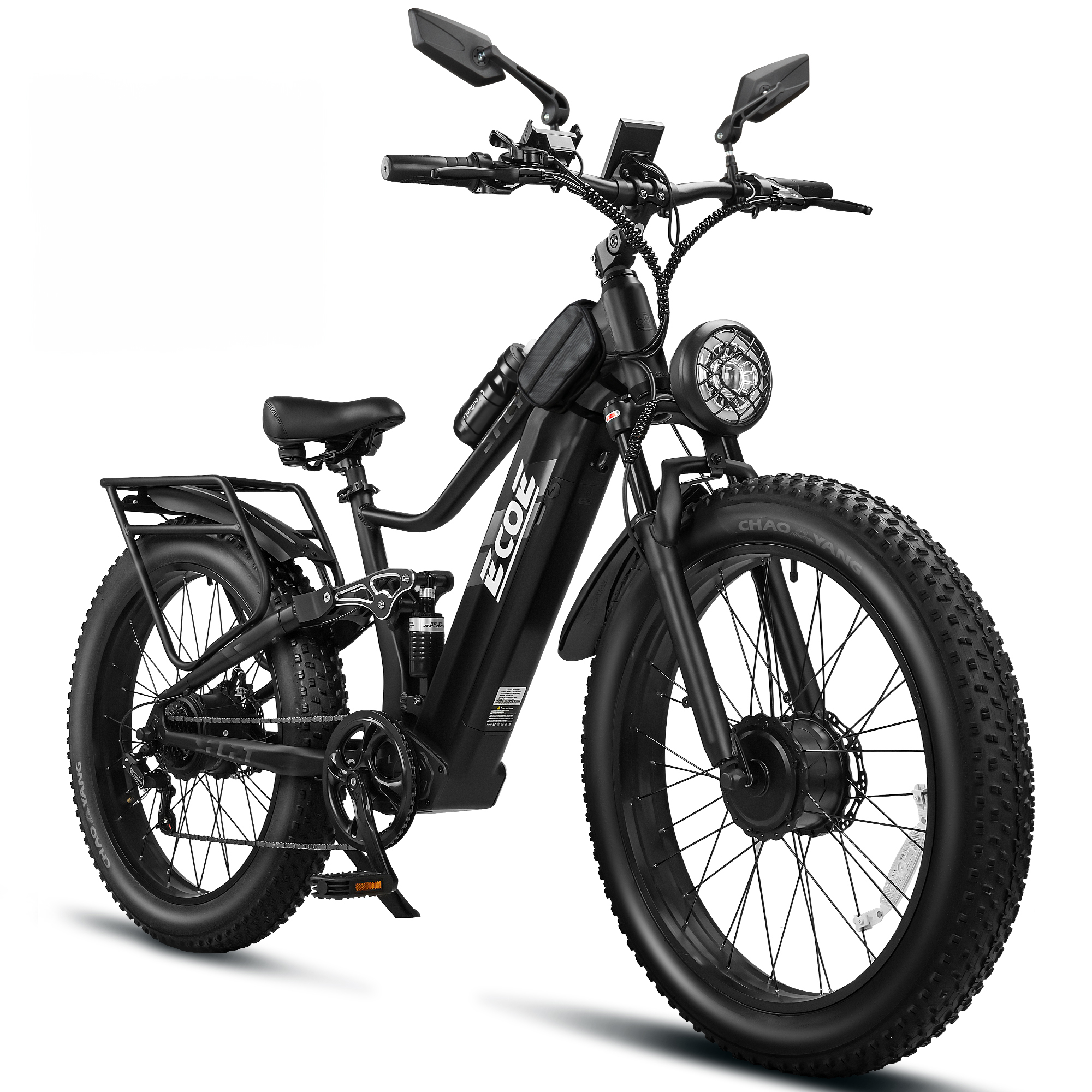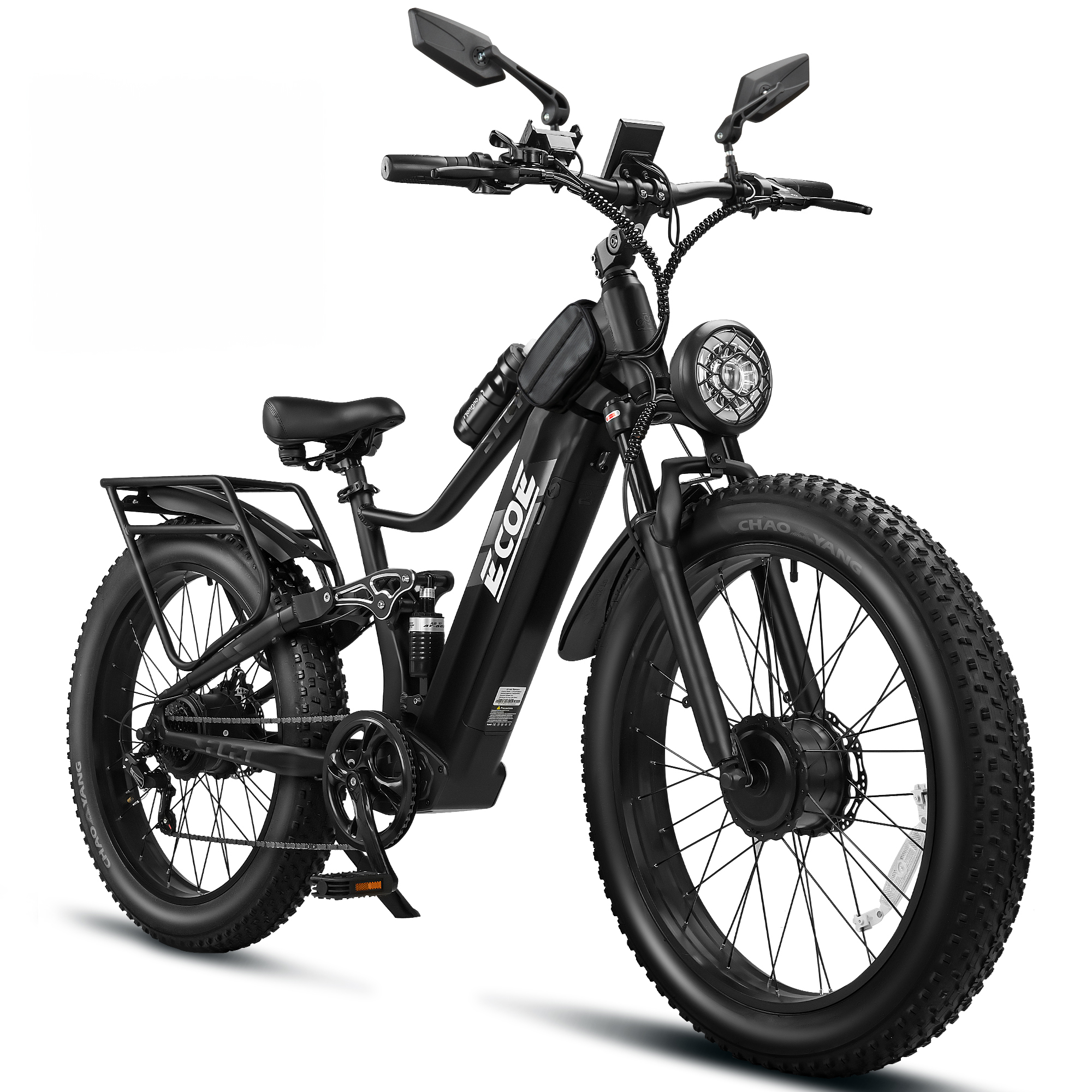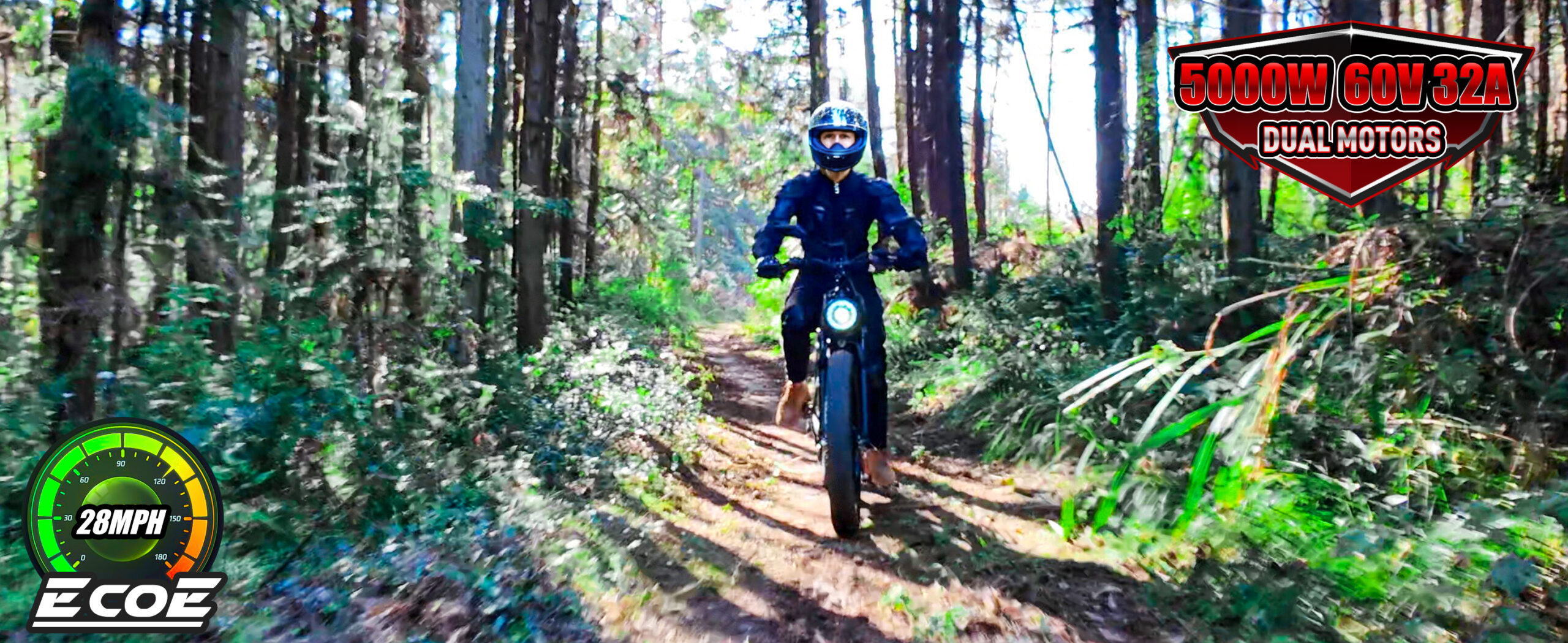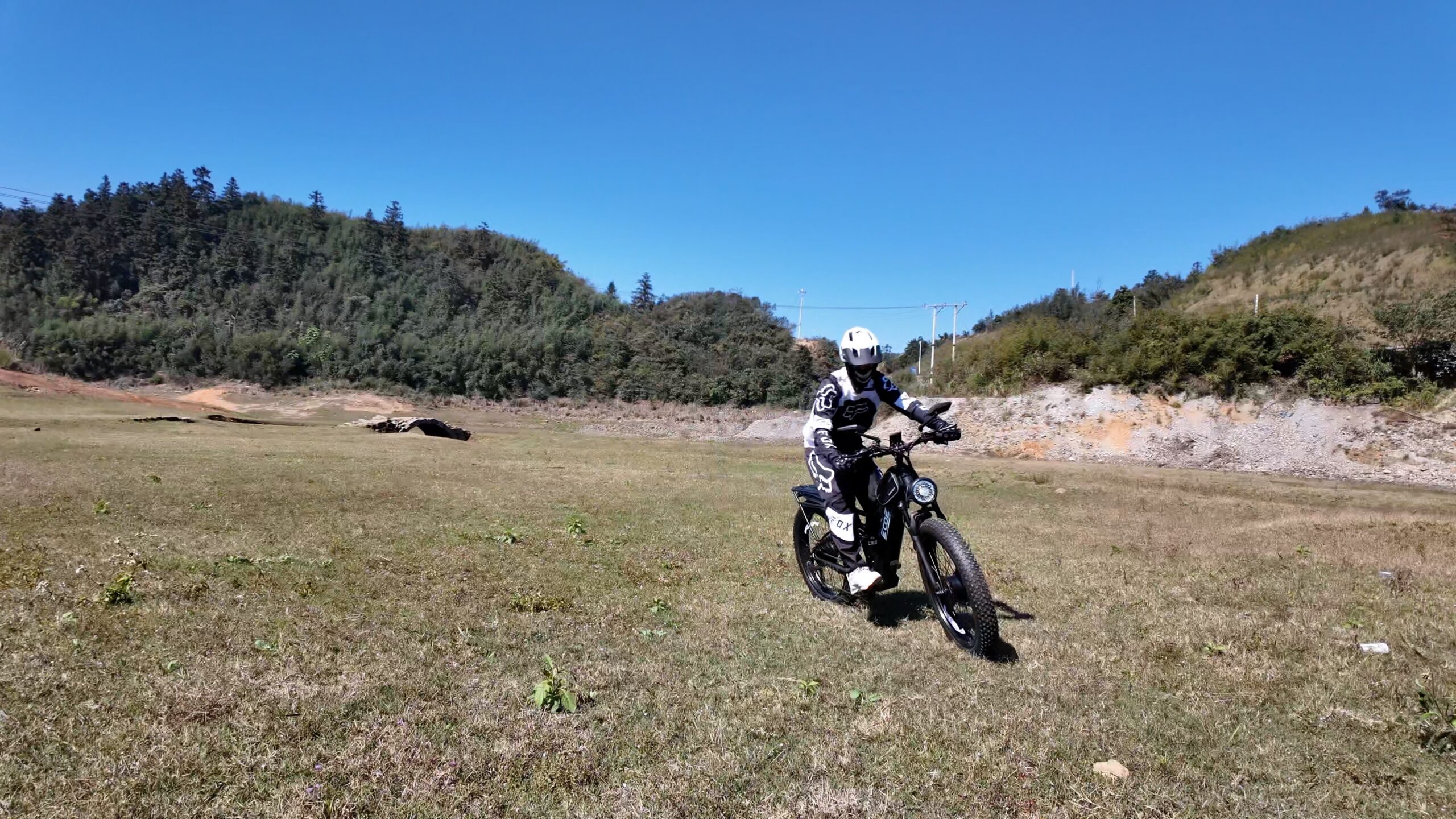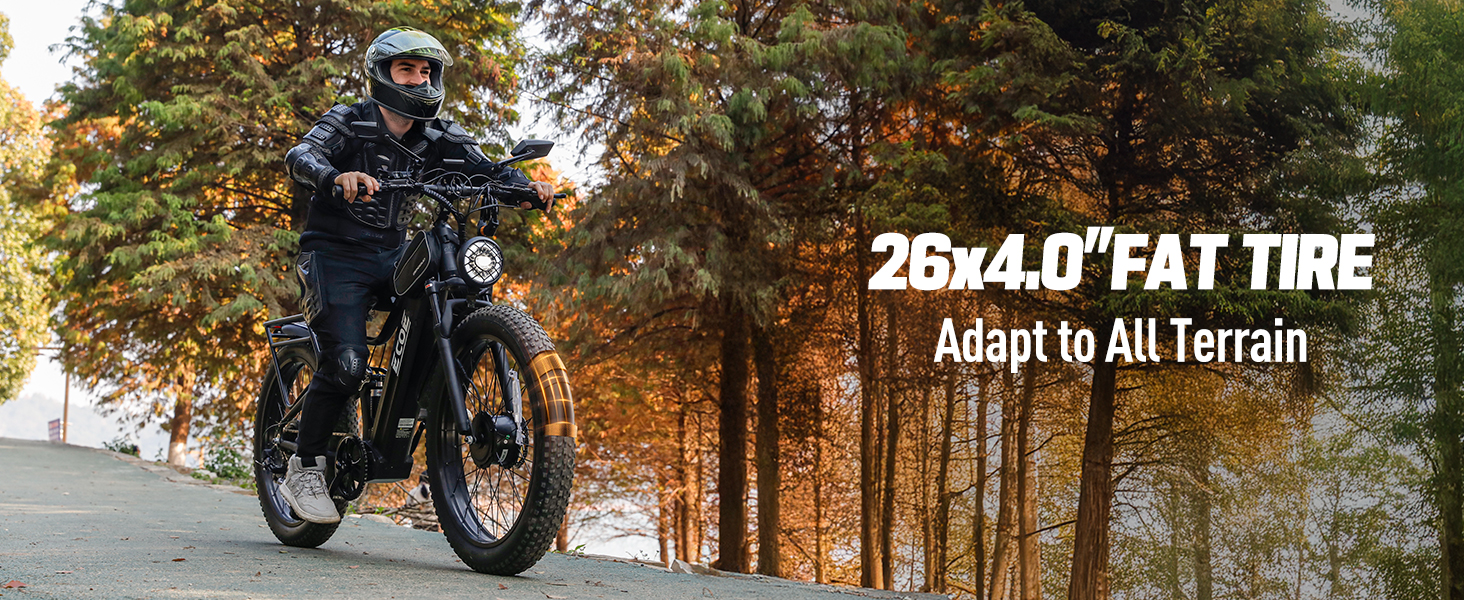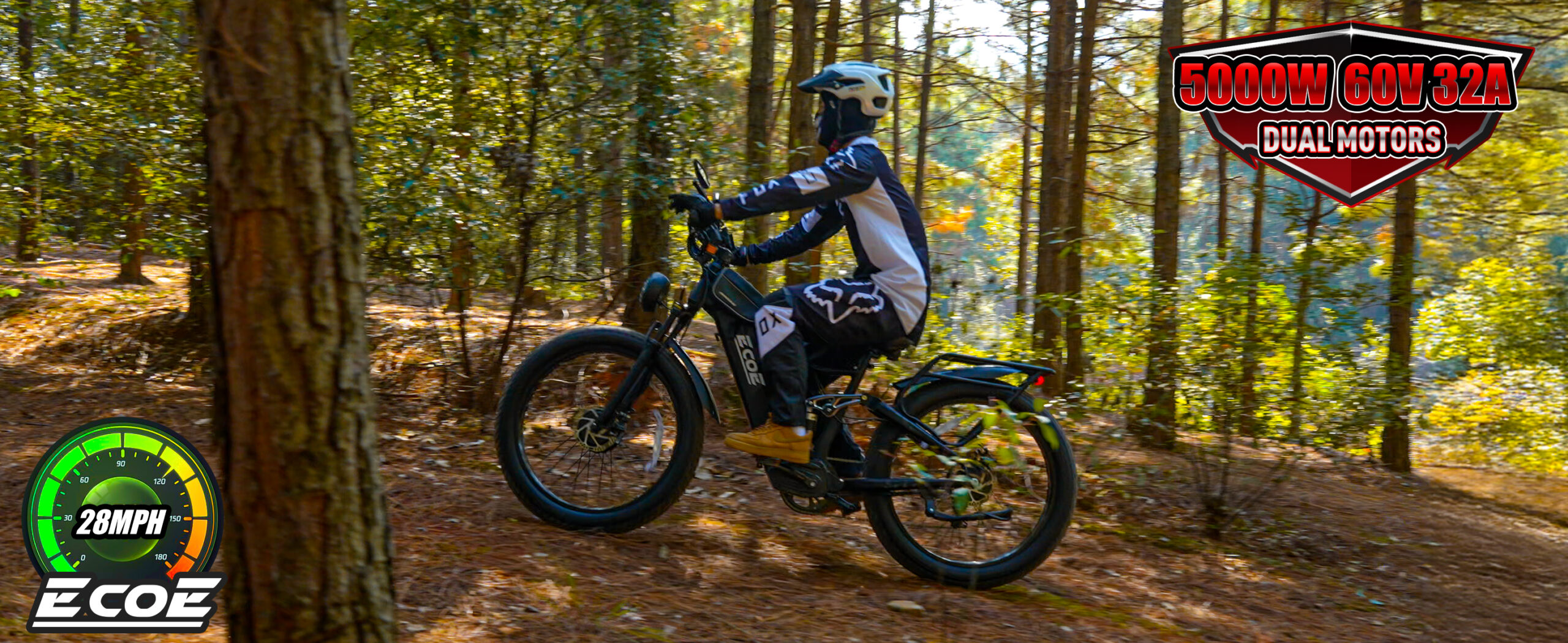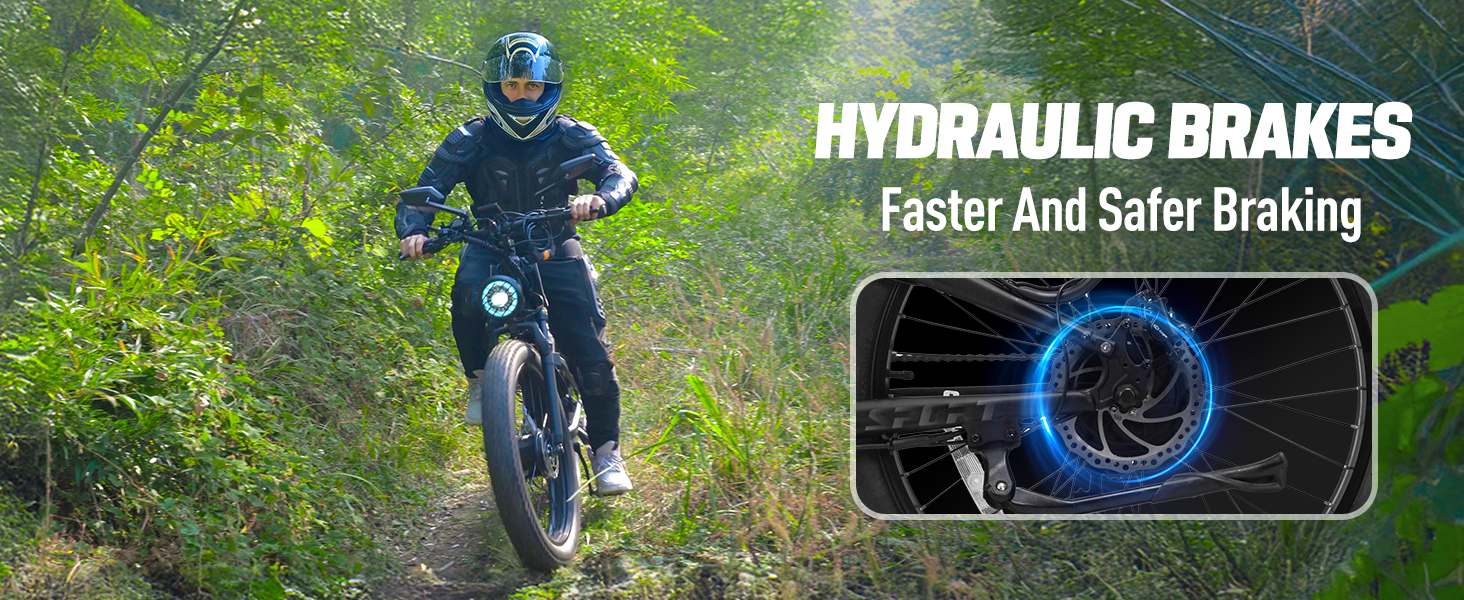Apr 10, 2025
Can e-bikes go 50 mph?
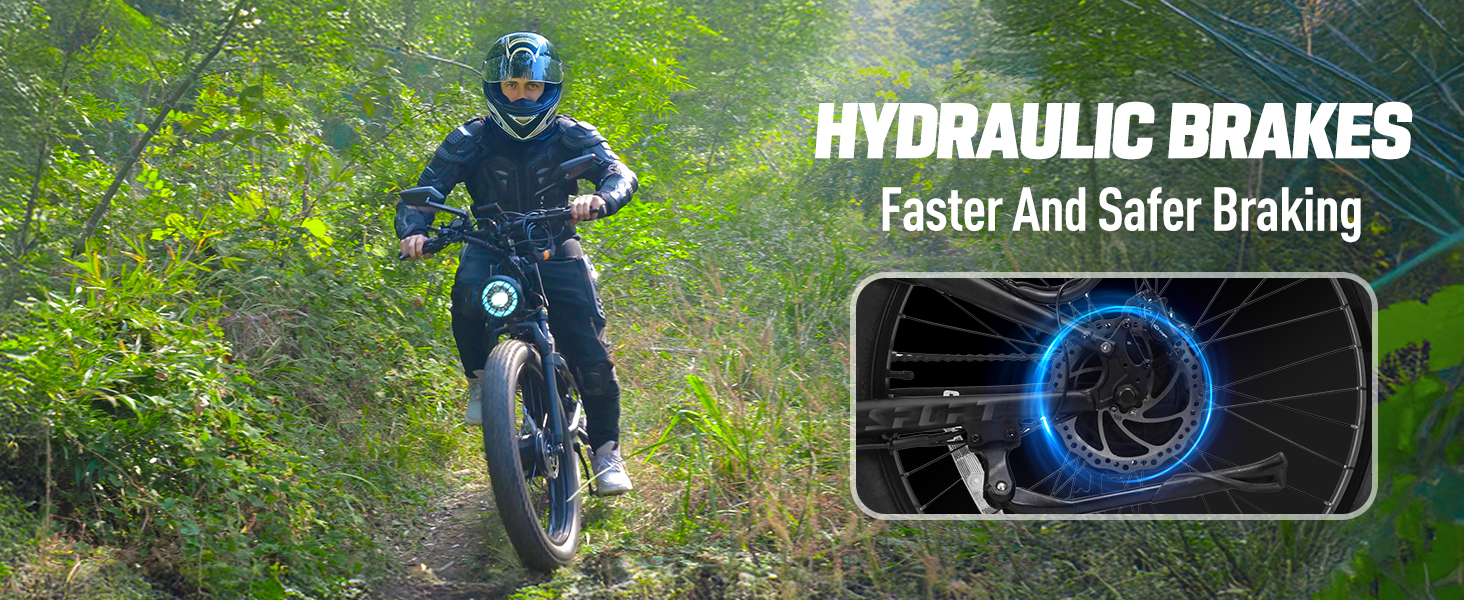
“Can e-bikes hit 50 mph?” When we first heard this question, our expressions were probably the same as yours—skeptical yet somewhat expectant. As urban commuting tools, many people subconsciously believe that electric bikes can only go up to around 20 mph. However, the field has actually undergone some significant changes quietly. So, we decided to give it a try ourselves, to see which bikes can truly reach 50 mph, what kind of people would ride them—and whether it’s really worth it.
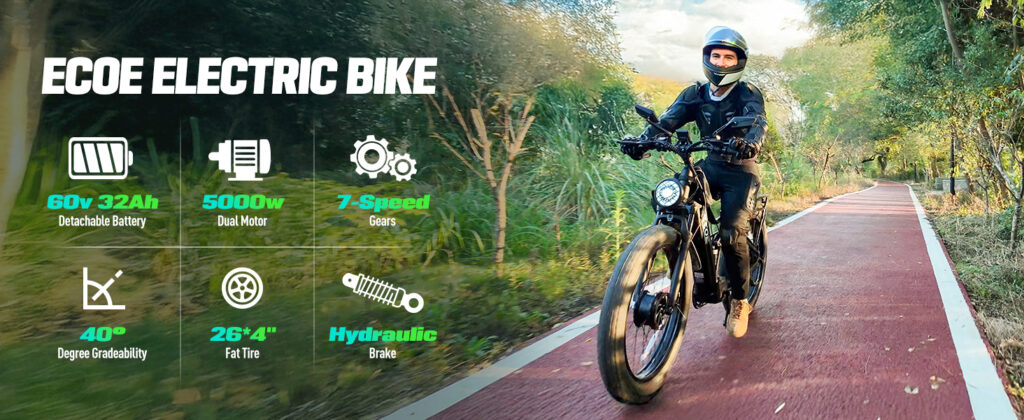
We conducted the speed test on a test track in southeastern California. On one side was an open sandy area, and on the other was a safety buffer zone enclosed by old tires—it was quite suitable for doing something “crazy.”
We brought several bikes, including two high-power monster e-bikes and a 5000W Ecoe Electric Bike we were already quite familiar with. To be honest, we were all a bit apprehensive before hitting the track. After all, we usually only rode up to around 30 mph, and this time we were really going to try 50 mph, which made us nervous.
The first bike out of the gate made us snap to attention.
Yes, it can indeed reach 50 mph, and even exceed it a bit in areas without wind resistance. Especially with the Ecoe bike, after we switched the speed mode to “Sport+,” we watched as the speedometer shot up to 51 mph.
“It’s no longer ‘riding’; it feels more like flying,” Kevin shouted from the roadside, his tone a mix of excitement and a bit of regret for not wearing armor sooner.
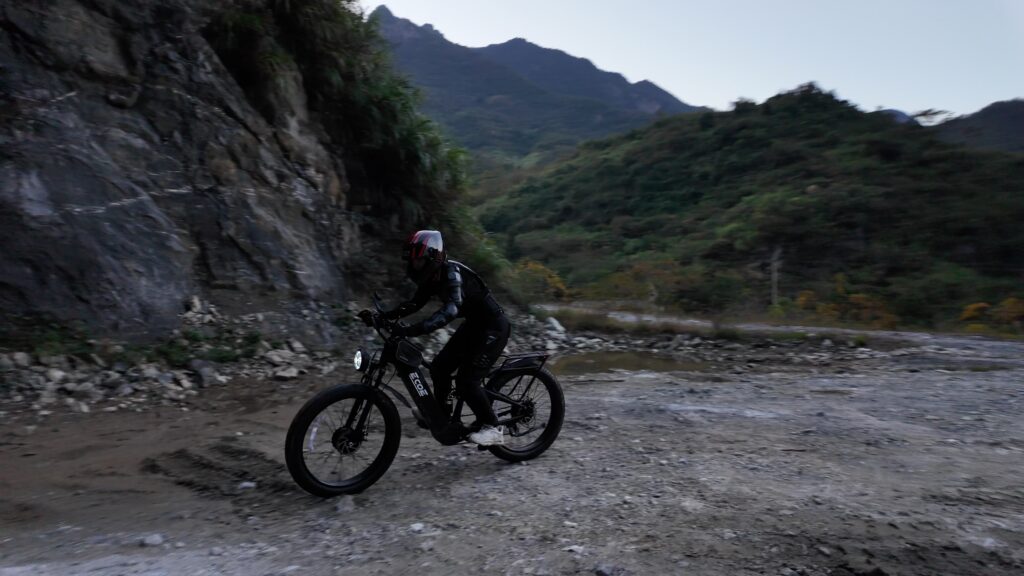
Don’t get us wrong, it’s easy to talk tough when you’re standing on the sidelines. But when you actually get on the bike and charge up to 50 mph, your hands are shaking. Imagine speeding along without the protection of a car body and relying on your legs to steer, even a small pebble on the ground could become a fatal hazard.
A netizen named Ryan on Reddit shared his experience. He once “tested the top speed” of a 5000W electric mountain bike on the shoulder of a highway in Arizona and ended up flying more than ten meters after losing control on a downhill at 46 mph, tumbling five times: “My helmet saved me, but I still have scars on my back.”
After hearing this, we were all silent for a few seconds.
Speed and thrill are indeed captivating, but we began to seriously reflect: 50 mph is the “capability boundary” for e-bikes, but it’s not necessarily the “comfort boundary” for everyday use.
So in our later tests, we started wearing more substantial protective gear and even installed a motorcycle-grade front brake disc on one of the bikes. You can ride, but you must be fully equipped, or else don’t even think about it.

Technically speaking, top-of-the-line e-bikes on the market today, especially those with power ratings above 3000W, can actually reach 50 mph without much difficulty. The controller, battery, and motor working together in harmony make this achievable.
But here’s the question: Do you really need to go that fast?
We later took the same bike to ride in San Francisco’s urban area. Guess what? It couldn’t get up to speed. With too many traffic lights and severe mixing of pedestrians and vehicles, accelerating too hard would actually increase the risk of sudden braking and crossing, leading to higher dangers.
At that moment, we actually missed the performance of the Ecoe bike in “city mode.” With the top speed capped at around 28 mph, not only did the motor response become gentler, but the range also increased by more than 30%. We even joked at the time, “This is when it feels most like an electric ‘bike.”
Kaitlyn from Los Angeles also commented in the YouTube comment section, saying, “I’ve had the 5000W Ecoe for three months. The city mode feels much more comfortable than my previous Class 2 e-bike, especially with the stable braking, which gives me confidence when crossing streets.”
This ability to “go fast or slow and switch at any time” actually became our favorite highlight of this test.
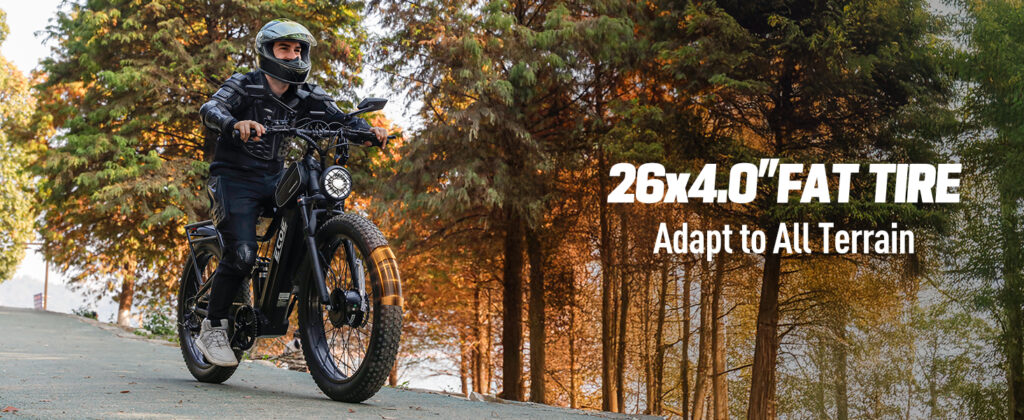
People who ride e-bikes may initially fantasize about speeding through like the wind. But the more you ride, the more you understand one thing: The most important thing is not the top speed, but your comfort and control at the “average speed.”
You can own an e-bike that can reach 50 mph as a symbol of “possibility.” For example, you can have a blast on it sometimes when you go to the suburbs, mountain trails, or test tracks. But in more urban commuting and leisure scenarios, 25 to 35 mph is a more rational choice.
Ecoe Electric Bike, which is positioned for high performance but also retains good urban adaptability, happens to hit this balance point. It’s not the fastest, but you won’t crash the hardest because you’re going too fast.
If there’s any takeaway from our experiment, it’s this: Speed is a choice, not the entirety of life.
Can e-bikes reach 50 mph? Yes, they definitely can. We’ve verified that it’s technically feasible. But whether you need it and should try it is a completely different question.

For us, the best e-bike is not the “fastest” one, but the one you’re willing to ride an extra two kilometers out of your way after work to watch the sunset, the one you can leisurely pedal to a friend’s gathering with a bottle of water in the basket.
So, our advice is: If you really want to try a 50 mph e-bike, make sure to take precautions, choose the right terrain, leave plenty of space, and preferably don’t go alone.
And if you’re just looking for an e-bike that’s “a bit faster and more stable,” then a choice like Ecoe Electric Bike, which balances speed and comfort, might just be your more reassuring riding partner
Leave a comment
Please note, comments need to be approved before they are published.
当前文章评论已关闭。
